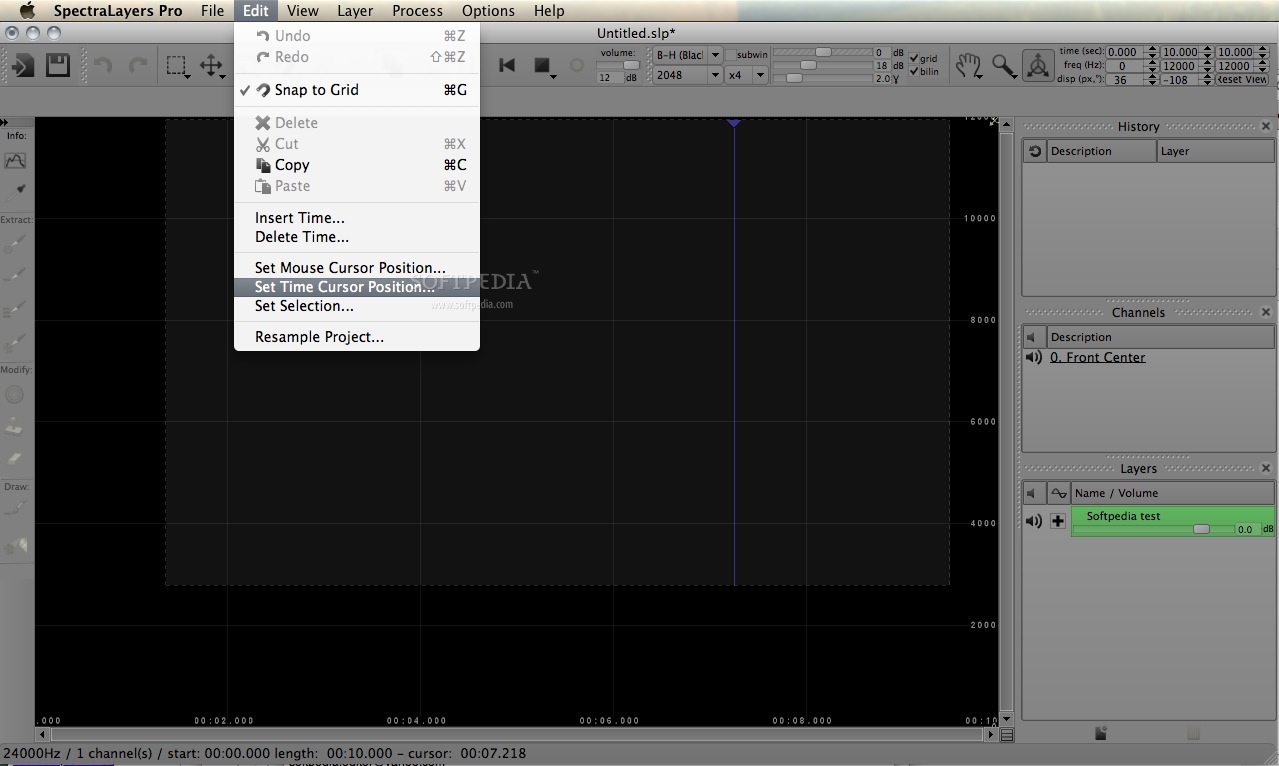

For example, the Frequency selection tool automatically follows a varying frequency band as you drag the mouse across it, with the Harmonics selection tool working similarly but also selecting the harmonics of the main frequency you are selecting. There are a number of intelligent tools that hugely speed up the spectral editing processĪlongside tools for creating simple rectangular, oval, point-to-point and freehand selections, there are a number of intelligent tools that hugely speed up the spectral editing process. Here the hum will be clearly visible as a bright, solid horizontal band running near the bottom of the spectrogram, and to remove it all you need do is draw a selection marquee around that band and hit delete, leaving all other frequencies unaffected. You could use a high-pass filter to remove it, along with all other frequencies below the filter’s cutoff, or you could open it in SpectraLayers. You can then work with these selections independently, without impacting on the rest of the sound.įor example, let’s say you had a recording that was marred by a nasty earth hum.


These tools work very similarly to how they would in an image editor too, only instead of being used to select specific areas of a picture, SpectraLayers’ tools allow you to select specific time ranges of frequencies on a spectrogram. Steinberg SpectraLayers Pro 8: Performance and verdictĭespite being an audio editor, SpectraLayers borrows many concepts from the world of digital image editing, such as marquee selection tools, non-continuous selections and, of course, layers.


 0 kommentar(er)
0 kommentar(er)
